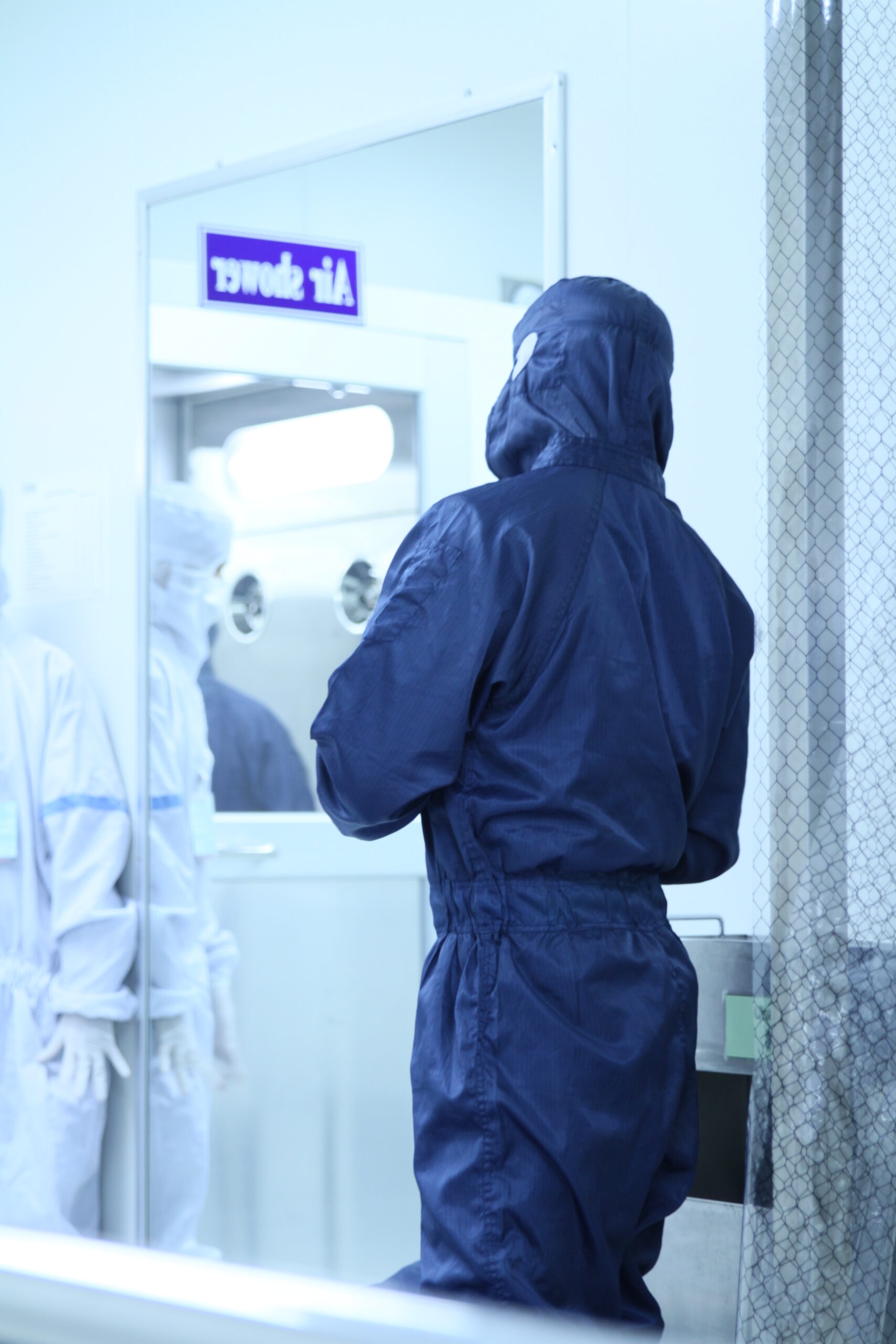In the world of advanced manufacturing—especially for medical, electronics, and cleanroom applications—polyurethane foam is a high-performance substrate that often plays a critical role in product function, hygiene, and quality. A beneficial step in processing polyurethane foam is laundering. While “laundering” might conjure images of washing clothes, in manufacturing, laundering polyurethane foam refers to controlled washing and drying processes used to remove unwanted contaminants to prepare the foam for sensitive applications.
How Polyurethane Foam is Laundered
The laundering process varies depending on the foam type and application, but generally involves the following steps:
1. Washing
Foam is passed through one or more cleaning cycles using cleanliness specific cycles and formulations.. In all instances, ultrapure water must used. This step loosens and removes surface contaminants, particles, ions, NVR’s and other residues.
2. Rinsing
Thorough rinsing—often multiple stages—is critical to ensure all residual contaminants are removed, which ensures final product performance and regulatory compliance.
3. Drying
Foam is dried using cleanroom dryers in a ISO controlled environment. Because polyurethane foam can deform or degrade under high temperatures, this step must be carefully controlled.
4. Quality is Controlled through ASTM compliant laboratory testing as well as microbiological and cytotoxicity testing (for medical-grade foams)
Why Launder Foam?
1. Meeting Cleanliness Standards
Foams used in medical devices, wound care, and diagnostics must meet strict cleanliness and biocompatibility standards (such as ISO 10993). Similarly, foams used in electronics packaging or cleanroom environments need to be low in particulates and ionic contaminants.
2. Improving Foam Performance
- Laundering can improve:
- Wettability – important for foams used to absorb fluids
- Elimination of contamination from the foam to the surface and/or person that the device is intended to be used for
- Consistency – ensuring uniformity across production batches
Laundering is especially important for:
- Wound care dressings that must absorb fluid and touch broken skin
- Swabs and collection devices used in diagnostics or forensics
- Critical applications where contaminants can compromise the effectiveness of the finished product
- Foam used in cleanroom or sensitive electronic environments
In these cases, skipping the laundering step can lead to product failure, regulatory issues, or poor customer outcomes.
Challenges and Considerations
Laundering foam is not without its challenges:
- Cost: Equipment, water use, and time can add up
- Consistency: Thorough drying and residue removal must be tightly controlled
While it might seem like a small detail, laundering polyurethane foam can have a big impact on product quality and performance. Whether it’s ensuring a wound dressing absorbs properly or making sure a diagnostic swab is non-allergenic, clean foam matters.
If you work with foam in a regulated or high-performance environment, it’s worth asking:
Is your foam clean enough for the job?



